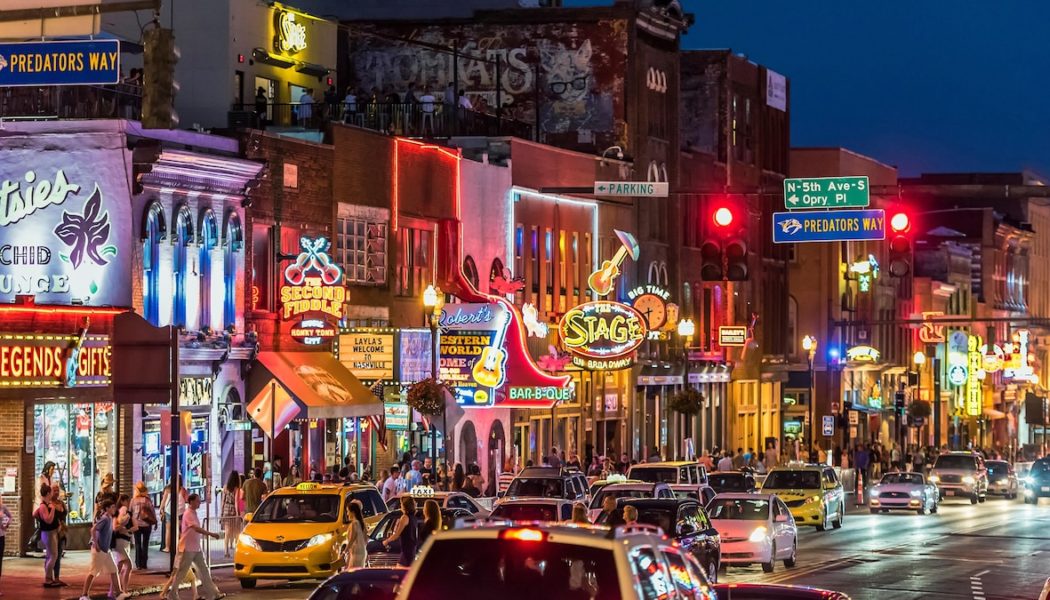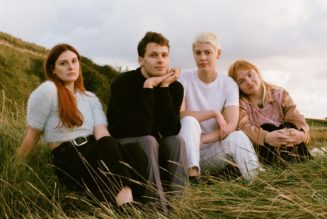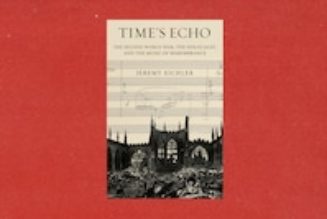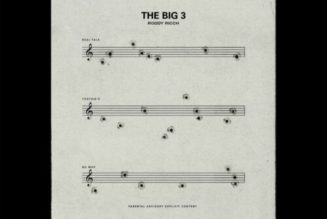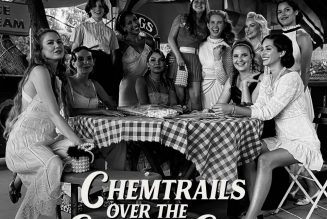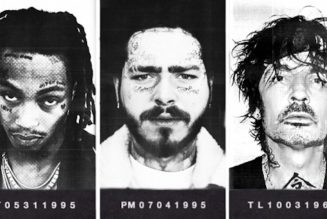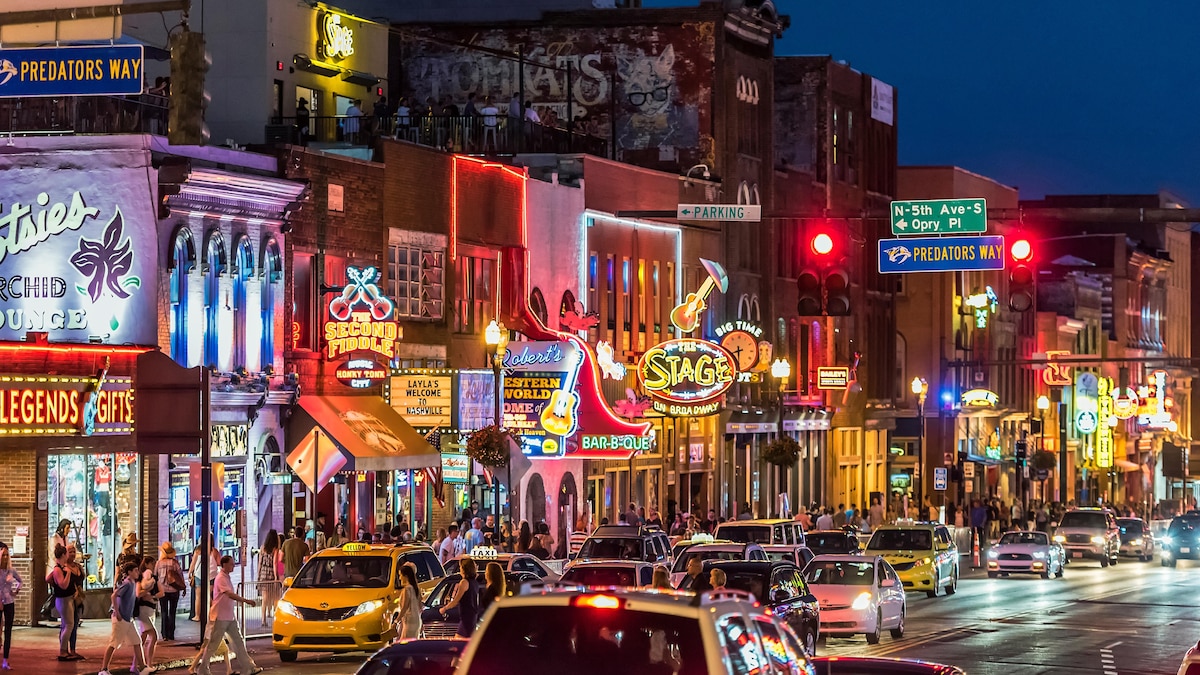
This article was produced by National Geographic Traveller (UK).
Johnny Cash, Dolly Parton, Roy Acuff and Patsy Cline: when one thinks of Nashville, country music reigns supreme. This is, after all, the city that gave the world the Grand Ole Opry — America’s longest-running radio show, which propelled country music into US homes, bore witness to the birth of bluegrass music and transformed both genres into something bigger, more electric and symphonic.
But Nashville is also the crossroads where country, rock and blues converge, with roots in R&B and a thriving pop and indie scene. At any given hour, on any day of the week, chords and riffs of multiple genres can be heard rippling through its streets, be it a pop performance at the Ryman Auditorium, a gig at the foot-stomping honky-tonks of Broadway or a mellow acoustic set in Music Row’s intimate venues. Throw in fascinating museums and historic recording studios, and it’s easy to see why this is America’s ‘Music City’.
Begin your musical journey at the Ryman Auditorium, a world-renowned concert hall, rock’n’roll landmark and the original home of the Grand Ole Opry. Now dubbed the Mother Church of Country Music, the venue remains a melomaniac’s wildest dream, with unparalleled acoustics, star-studded exhibits and a multimedia presentation that recalls the building’s 131-year history. Opt for the self-guided tour to take in the exhibits at your own pace or sign up for the guided backstage tour to hear inside stories about the venue’s iconic shows, political demonstrations, suffrage meetings and rumoured hauntings. Better yet, come back in the evening to attend a live performance.
History comes to life at the National Museum of African American Music (NMAAM), located across the road from the Ryman. Opened in 2021 and said to have taken some 20 years to complete, this extensive, one-of-a-kind museum has ultimately been over 400 years in the making. It celebrates African Americans’ contribution to the musical landscape in six galleries, curated to share a unique perspective on over 50 genres — from the golden age of gospel and humble beginnings of blues to the evolution of R&B, hip-hop and rap. Highlights include the ‘Wade in the Water’ gallery, where a green screen lets you sing along with Bobby Jones and the Nashville Super Choir, and the ‘One Nation Under a Groove’ gallery, which gets you moving through the decades to the sounds of disco, funk and soul. Top tip: admission is free on Wednesdays.
By now, you’ll have earned a drink and bite to eat. Thankfully, you’re just around the corner from Nashville’s cultural and musical heart: Honky Tonk Highway. Made up of traditional dive bars, swanky cocktail lounges and multi-storey clubs, this historic street pumps out live tunes night and day, from every direction and doorway.
For an authentic honky tonk experience, head two minutes down Lower Broadway to reach this unfussy cowboy bar, taking in the kaleidoscope of neon lights and toe-tapping tunes en route. Once a guitar manufacturer and later a Western boots and apparel store, it’s now decked out with music memorabilia, jukeboxes and artefacts from its storied past. Visitors flock to watch classic country, western swing and bluegrass bands play here every night of the week. Chief among them is the bar’s house band, Brazilbilly, which has an eccentric Latin flair and is the longest-established band in the history of Lower Broadway.
Meet the ‘Man in Black’ at the world’s largest and most comprehensive museum paying homage to country legend Johnny Cash, two minutes’ walk off Broadway on Third Avenue South. Inside the museum, interactive exhibits, personal artefacts and memorabilia tell the story of the country icon chronologically, including his early years, air force employment and illustrious music career. The nostalgia doesn’t end there — also on display are a pair of glasses worn by Roy Orbison, a microphone used by Elvis Presley and the drum set belonging to WS ‘Fluke’ Holland, the first used on the Grand Ole Opry stage.
Perkins’ blue suede shoes, Elvis’s gold-trimmed Cadillac and Shania Twain’s leopard-print catsuit — you’ll find all of these and more at The Country Music Hall of Fame and Museum. Situated a five-minute walk further down Third Avenue Street, this behemoth museum explores the near-biblical importance of country music to Nashville’s soul and its fascinating roots in folk and gospel. Allow yourself a minimum of two hours to explore its world-class exhibits and programmes, including a Taylor Swift Education Centre and a variety of intimate songwriting sessions. The tour concludes with a visit to the city’s very own Hall of Fame, where industry icons have their names etched into golden plaques.
No trip to the museum is complete without tying in a visit to the iconic RCA Studio B. Located in Nashville’s historic Music Row district, this is where legendary country artists recorded some of their most iconic songs, including Parton’s heartrending I Will Always Love You and Presley’s first gold record Heartbreak Hotel.
A 20-minute walk away via Demonbreun Street, this humble dive bar adorned with original Hatch Show Print posters and neon signs is proudly different from the chic Gulch district it’s a part of. The concept is simple: cash entry, cheap beer and some of the world’s best bluegrass music, seven nights a week. Seating is arranged on a first-come, first-served basis, so arrive early or prepare to join the battalion of loyal customers who bring their own folding chairs. One of the best nights to visit is on a Sunday, when they hold the weekly bluegrass jam — you never know who’ll turn up, but it’s guaranteed to be exquisite.
To subscribe to National Geographic Traveller (UK) magazine click here. (Available in select countries only).
